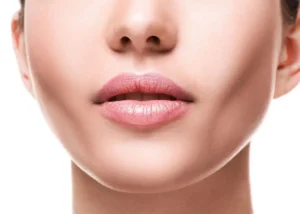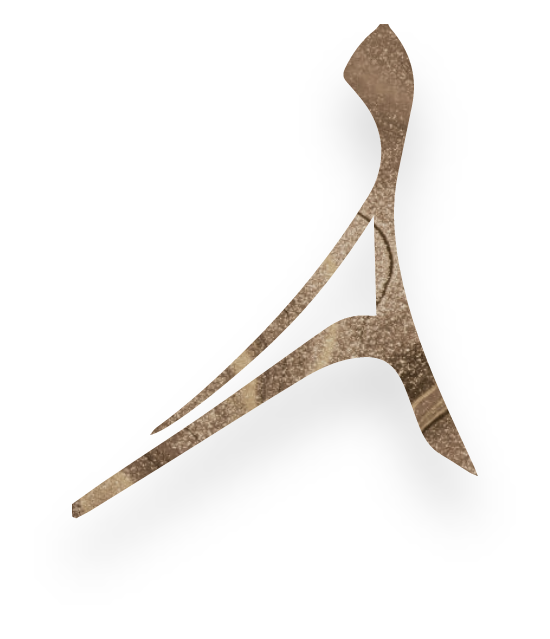
Buccal fat removal, also called a bichectomy, is a procedure that accentuates the cheekbones and jawline through the removal of fat in the cheeks. With just one small incision inside each cheek, this procedure can recreate a slimmer, model-like face, like many well-known Hollywood stars.
Although buccal fat serves some purposes within the mouth and cheeks, many people feel that they have too much and that it takes away from their attractiveness. With the right techniques and thorough knowledge of anatomy, a cosmetic surgeon can enhance your natural contours and help you feel confident in your appearance. At Tehrani Plastic Surgery, the facial cosmetic skill of Dr. Ali Tehrani has left patients loving the permanent results of buccal fat removal surgery.
Contact one of our location in Newport Beach, CA at (657) 259-9560 or request a consultation through our online contact form. If you are interested to learn more about other procedures we offer, read Dr. Tehrani’s blog.
Celebrity Buccal Fat Removal
Celebrity buccal fat removal rumors make their way around the internet every day. And, with strong indications that high-profile stars including Gigi Hadid and Kendall Jenner have undergone the procedure, it’s little wonder it is becoming more and more popular with public figures and private citizens alike. The procedure itself is for people who are dissatisfied with a plumper, rounder face shape, and who wish to achieve a more streamlined, accentuated cheek contour.
About Buccal Fat
Each buccal fat pad of the face lies in between several facial muscles. It lies between the buccinator muscle– which allows for the action of swallowing and blowing- and the masseter, a crucial part of the jaw that allows you to chew. Since the buccal fat pads help the muscles move smoothly, only a small portion is removed during surgery. The portion that is removed lies just under the parotid duct, an important structure responsible for releasing saliva into the mouth. (1) A skilled surgeon can navigate around this important tissue to create a new facial contour.
Research into buccal fat has revealed that it is resistant to change with weight loss, so even if you have less body fat, you may still have a “chubby” face. As you mature, your face may thin out because the rest of your face grows. For some people with a lot of buccal fat and less facial growth, this roundness doesn’t subside with time. This procedure can add definition to your cheekbones and provide life-long results since buccal fat doesn’t regenerate after you’ve reached adulthood.
When Was Buccal Fat Removal First Researched?
Buccal fat removal as a cosmetic procedure was first researched in 1980 by Dr. Leonard Epstein. (2) In recent years, the procedure has skyrocketed in popularity with a number of celebrities and influencers opting to sculpt their face.
Benefits of Buccal Fat Removal
The numerous benefits you can expect from buccal fat removal are:
- It highlights more pronounced cheekbones.
- It promotes a less rounded face.
- You can improve your facial symmetry.
- It helps contour a more defined jawline.
- It may provide a slight lifted look to the face.
- It is a minimally invasive procedure that takes about one hour.
- It requires roughly one week of downtime.
- Incisions are made on the inside of each cheek; any scarring is not visible.
Preparation
In preparation for this procedure, Dr. Tehrani will review your medical history. He will conduct blood tests to ensure that you are healthy enough to undergo invasive surgery. If you are eligible for surgery, he will then prescribe an antibiotic to pick up before your procedure to prevent the likelihood of infection. He may recommend certain over-the-counter medications to help you deal with soreness during recovery.
A crucial part of preparation is that you stop taking blood thinners and anti-inflammatories 2 weeks before your procedure. These medications can increase unwanted bleeding during the procedure and result in more significant bruising afterward. You should also stop drinking alcohol as instructed. If you smoke, you will be required to quit approximately 4 to 6 weeks before your surgery appointment. Cigarettes and other nicotine products have chemicals that can affect the quality of your blood circulation and healing abilities.
Buccal Fat Removal Procedure
Buccal fat removal is completed in only one hour of operating time and is considered minimally invasive. Unless you are having multiple procedures done at the same time, this procedure is typically performed using local anesthesia with sedation. After administering anesthesia, Dr. Tehrani will make one half-incision incision inside each cheek. After carefully avoiding the buccinator muscle, he will access the fat pad and cut a portion of it out. Then, he will cauterize the incision, a method of using precise heat to stop bleeding and limit the possibility of infection. He will also place dissolvable sutures. Buccal fat pad removal surgeries are incredibly safe and complications are rare. (1)
Will Buccal Fat Removal Make You Look Older?
Since buccal fat pad removal is permanent, some patients worry that the results will cause them to look unattractive as they get older. The reality is that the natural aging process causes the atrophy of buccal fat, forehead fat, and fat around the eyes. (3) Buccal fat removal results may simply look like signs of natural aging as you get older. Tissue volume loss can be treated with facial fat transfer, Juvederm, or Restylane. These fillers can also be used to accentuate your cheekbones if they are less prominent.
Recovery
Immediately after your procedure, your face will be more swollen, but this is a normal part of the recovery process. On the first day, consider placing an ice pack on the swollen areas of your face for 10 minutes at a time, with 15-minute breaks. If you begin to feel soreness, you may take the over-the-counter medications recommended by Dr. Tehrani.
Many patients find that their discomfort is minimal, and prescription medications are not often ordered for this procedure. Over the next few days, you should stick to eating non-acidic, low-sodium soft food. Acidity in the food you eat can agitate your incisions, while sodium can slow down your body’s ability to reduce swelling.
Within one week, you’ll be able to go back to work and resume your normal activities. In only 3 weeks, you’ll be able to see the final results.
Corresponding & Complementary Procedures
If you do not have prominent cheekbones, buccal fat removal might make you look older. These treatments can be used in the cheeks to help prevent this issue. They can also be considered if you desire to reverse the results and restore facial fat altogether.
Facial Fat Transfer
With this procedure, fat is harvested through liposuction from another part of your body, the donor site. The donor site is an area of adequate amounts of fat; usually, it is somewhere in the midsection or legs. For a facial fat transfer, only less than a third of a cup is collected. Then, the fat is purified and reinjected to volumize the face. Since liposuction is used, no suturing is required. It is a 100% natural and biocompatible way of adding subtle volume to the face.
Juvederm And Restylane
Juvederm is a dermal filler made of hyaluronic acid (HA), a substance that is already naturally present in the skin. HA supports the connective proteins in the skin by helping it retain moisture, resulting in better skin elasticity. (4) Depending on the type of HA filler you receive and how your body metabolizes it, the results may last 6 months to 2 years.
Personal Consultation
Through a personal consultation, Dr. Tehrani will be able to discuss buccal fat removal surgery in more detail and review your medical history thoroughly. His extensive experience with planning and conducting thousands of procedures makes Dr. Tehrani the perfect choice for a tailored surgery such as buccal fat removal. Call one of his locations in Newport Beach, CA at (657) 259-9560 or request your consultation online today.
How Much is Buccal Fat Removal?
We will determine an estimate for your buccal fat removal procedure after your personal consultation. The type of anesthesia used and any complementary procedures performed at the same time will affect the cost. Tehrani Plastic Surgery offers financing options for those who may be interested.
References
- Davis B, Serra M. Buccal Fat Pad Reduction. PubMed. Published 2022. https://www.ncbi.nlm.nih.gov/books/NBK576413/
- Moura LB, Spin JR, Spin-Neto R, Pereira-Filho VA. Buccal fat pad removal to improve facial aesthetics: an established technique? Medicina Oral, Patología Oral y Cirugía Bucal. 2018;23(4):e478-e484. doi:https://doi.org/10.4317/medoral.22449
- Swift A, Liew S, Weinkle S, Garcia JK, Silberberg MB. The Facial Aging Process From the “Inside Out.” Aesthetic Surgery Journal. 2020;41(10). doi:https://doi.org/10.1093/asj/sjaa339
- Papakonstantinou E, Roth M, Karakiulakis G. Hyaluronic acid: A key molecule in skin aging. Dermato-Endocrinology. 2012;4(3):253-258. doi:https://doi.org/10.4161/derm.21923
Buccal Fat Removal Frequently Asked Questions
When Can I Go Back To Work After Buccal Fat Removal?Does Buccal Fat Removal Surgery Leave Scars?What Is The Best Age To Get Buccal Fat Removal Surgery?Is Buccal Fat Removal Dangerous? |

